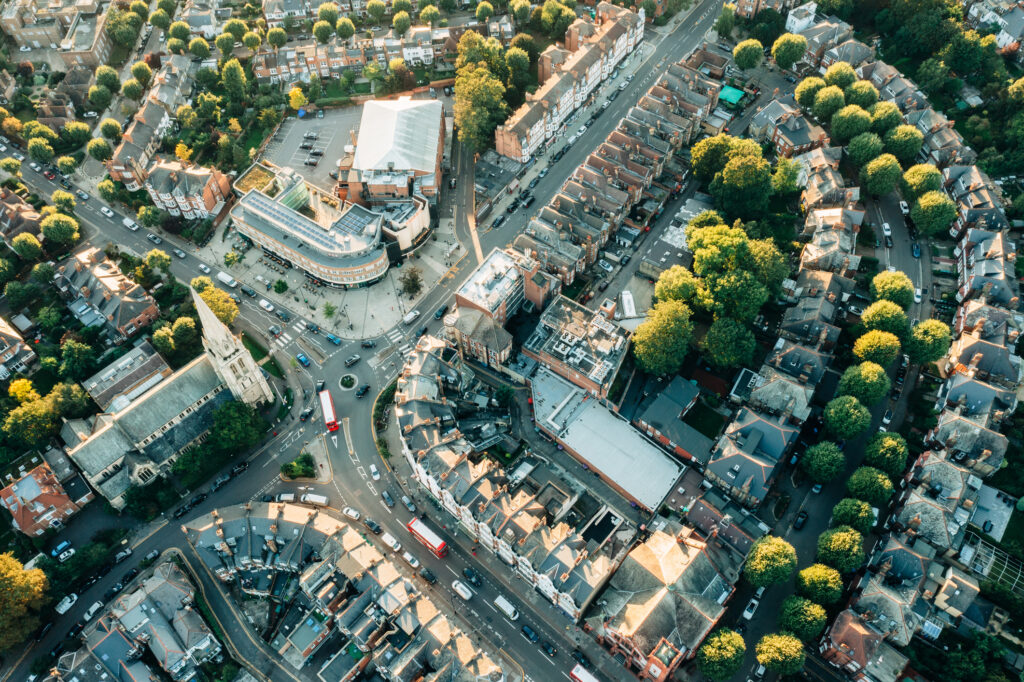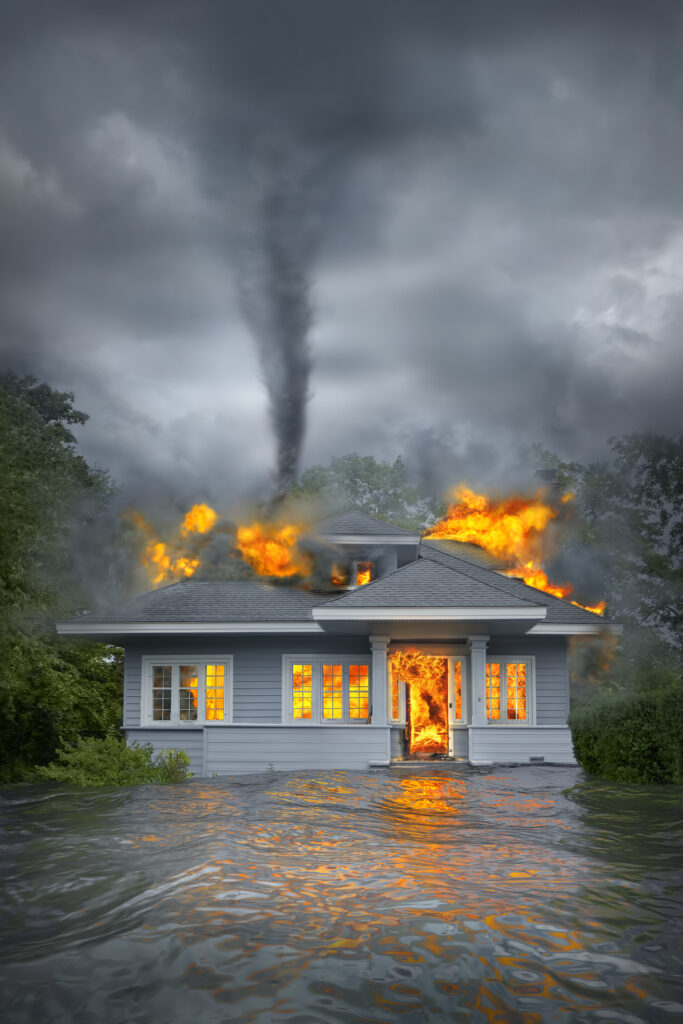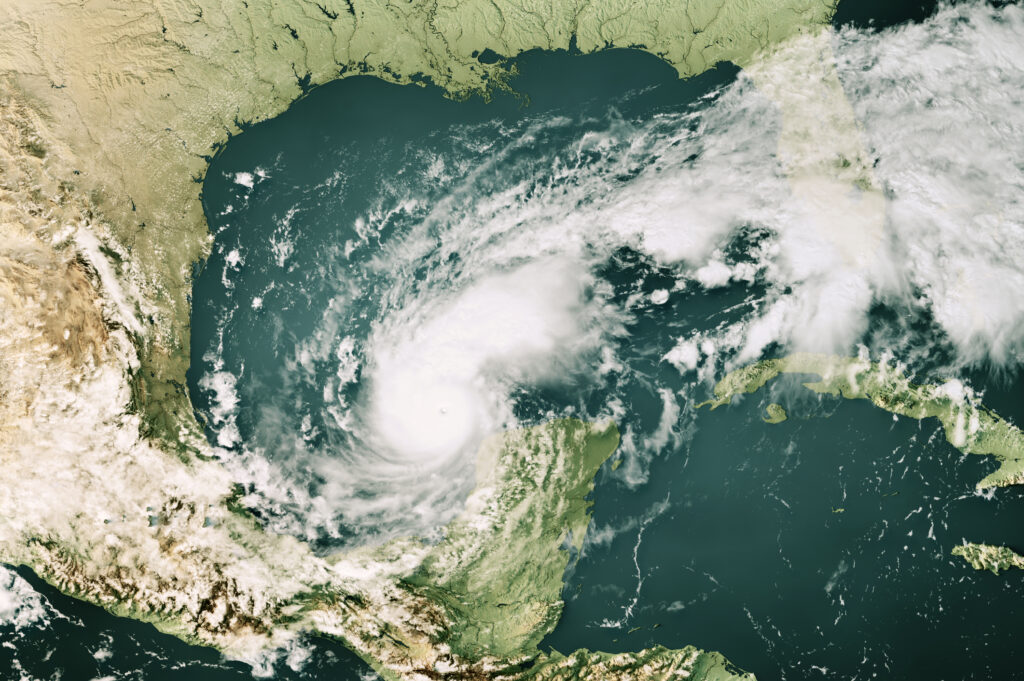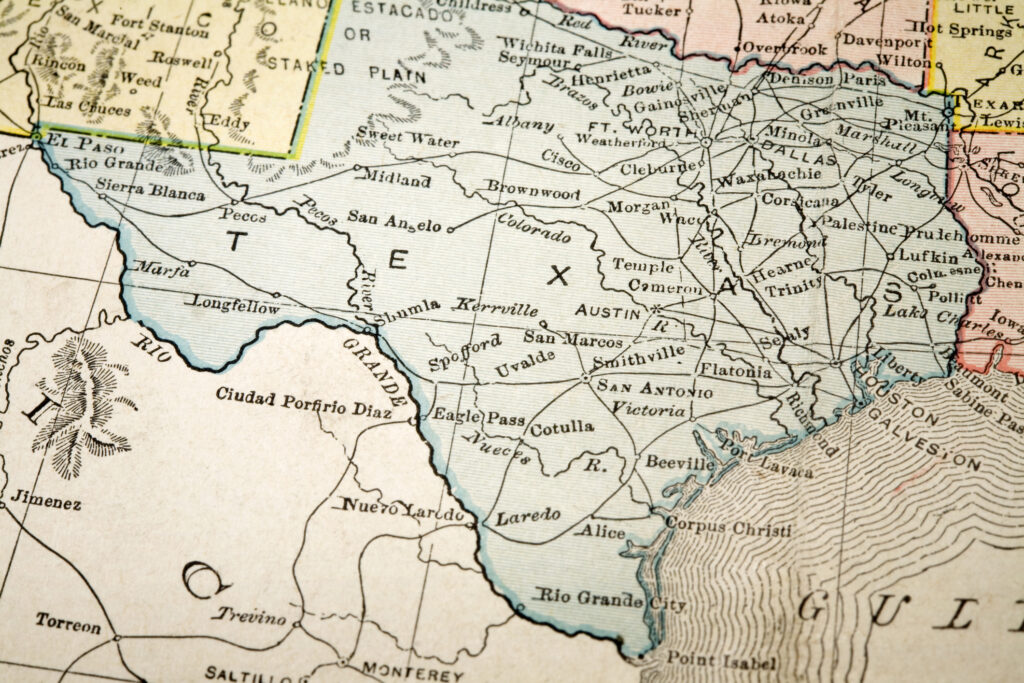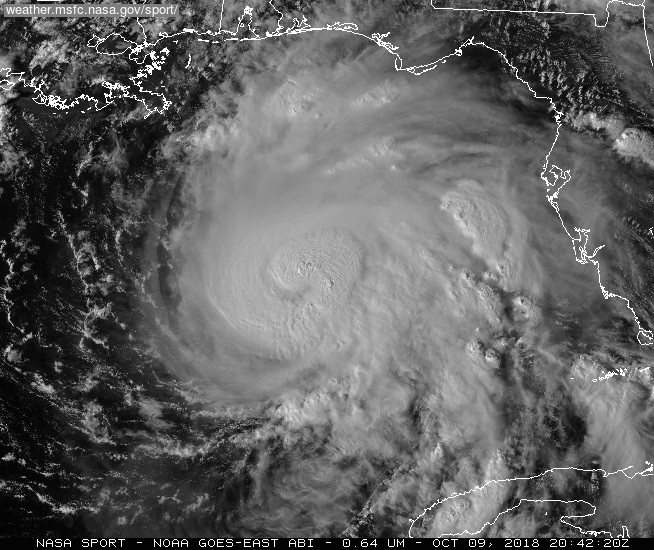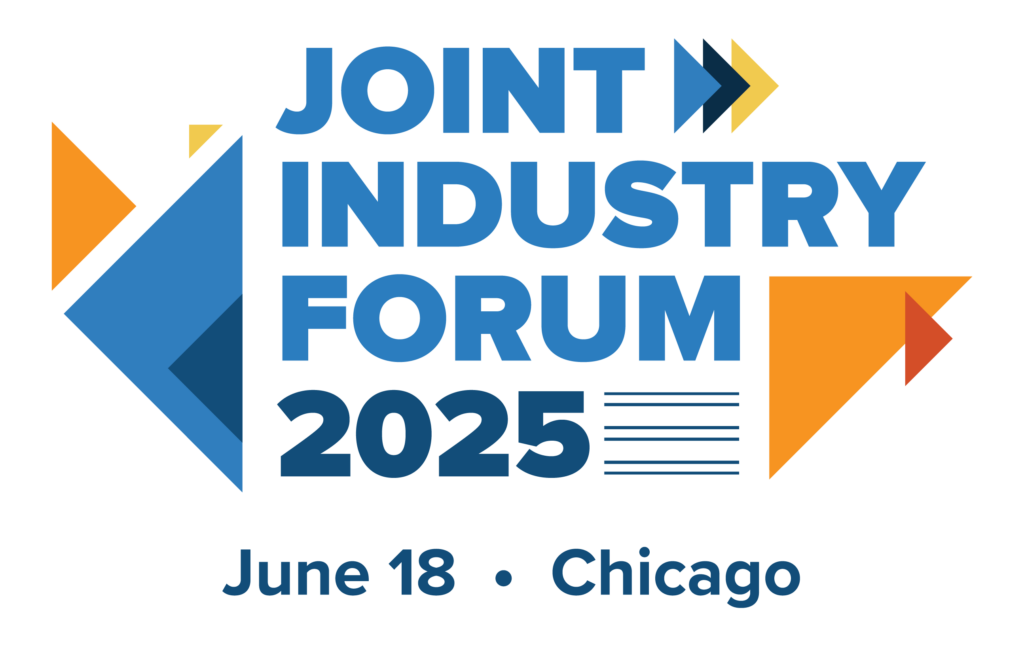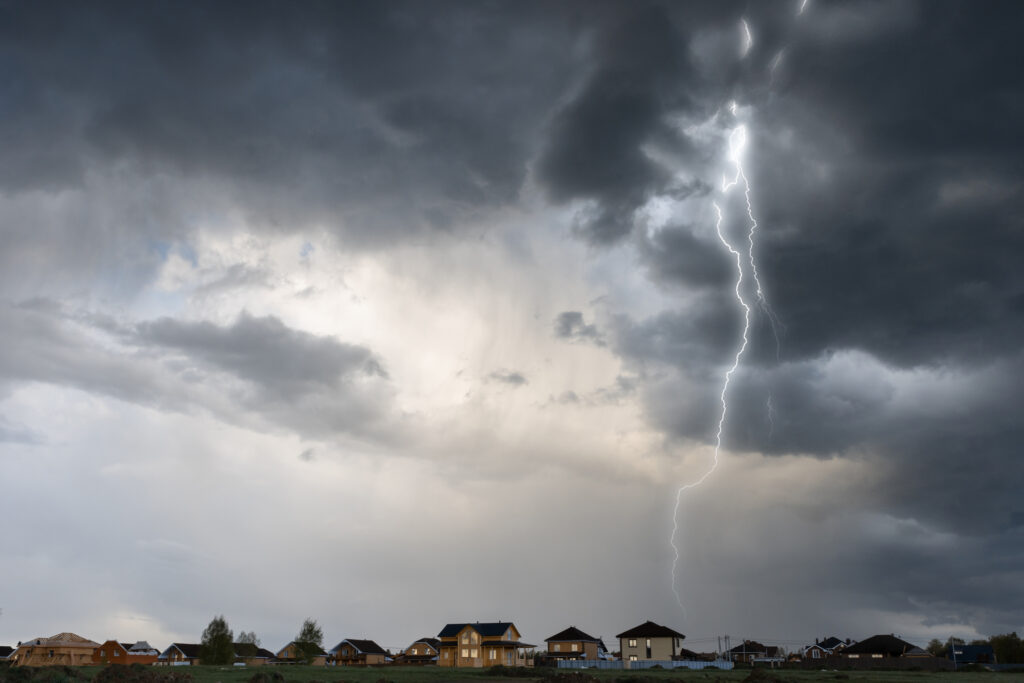
By Lewis Nibbelin, Contributing Writer, Triple-I
With home repair and remodeling costs rising 61 percent over the past decade, many homeowners are delaying or forgoing routine maintenance for older homes. In a recent Executive Exchange discussion with Triple-I CEO Sean Kevelighan, PreFix founder and CEO James Bilodeau discussed how his Texas-based company can help insurers promote such maintenance to mitigate more expensive losses down the line.
PreFix pairs clients with individual repair technicians to deliver personalized, year-round home repair, including two annual maintenance visits for filter replacements and comprehensive home inspections, Bilodeau said.
For maintenance visits, Bilodeau explained, PreFix will “clean your AC condenser and condensate line; change your air and water filters; flush the sediment out of your water heater; clean the lint out of your dryer outtake; sanitize your washer and dishwasher with a natural cleansing agent; and change all the batteries in your smoke alarms,” among other tasks.
The firm also modifies its services based on insurer preferences and the specific risk profile of homes in a given area.
“We’re able to offer highly granular customized data collection on all of the homes that we service through direct observation of issues that can correlate to non-cat losses,” Bilodeau said, noting identification of corroded water valves, overhanging tree branches, and unsecured exterior doors can facilitate “resolution quickly, before extensive damage happens.”
By continuously monitoring and mitigating these risks, Bilodeau believes his firm can help lower underwriting costs and premiums, as well as support smart home telematics adoption and catastrophe risk modeling.
“While aggregation is useful – which is what many providers do – many of the component inputs like home inspection data degrade quickly over two to five years,” Bilodeau said. “Inaccuracy can then be exacerbated when the data is extrapolated to other homes using inference.”
Kevelighan added that initial inspections as part of the home buying process often overlook or fail to communicate the true risks a property faces, leaving homeowners unaware of risks until catastrophe strikes.
“If you can enter risk management into the process of home purchasing much sooner and help the customer understand what they are purchasing beyond the four walls of their house and the community that it’s in, that could very much create a win-win for the insurer and the customer,” Kevelighan said.
Kevelighan and Bilodeau agreed that removing friction from home maintenance is imperative not only to better accommodate consumers, but to facilitate the insurance industry’s shift beyond repairing and replacing damaged property to predicting and preventing damage to begin with. Solutions like PreFix highlight how proactive loss mitigation necessarily involves engages all affected parties that have a stake in mitigation and resilience.
Learn More:
Survey: Homeowners See Value of Aerial Imagery for Insurers; Education Key to Comfort Levels
IoT Solutions Offer Homeowners, Insurers Value — But How Much?
JIF 2025: U.S. Policy Changes and Uncertainty Imperil Insurance Affordability
Lightning-Related Homeowners Claims Fell 16.5% in 2024
Insurance Affordability, Availability Demand Collaboration, Innovation
Disasters, Litigation Reshape Homeowners’ Insurance Affordability
E-Mobility Battery Fire Data Exposes Potential “Blind Spot” for Insurers
LGBTQIA+ Homeownership Gap May Be Fueling Insurance Protection Gap
When No One’s Home: Understanding Role of Vacancy Insurance
Why Roof Resilience Matters More Than Ever
Study Touts Payoffs From Alabama Wind Resilience Program
2025 Tornadoes Highlight Convective Storm Losses
L.A. Homeowners’ Suits Misread California’s Insurance Troubles
Data Granularity Key to Finding Less Risky Parcels in Wildfire Areas


